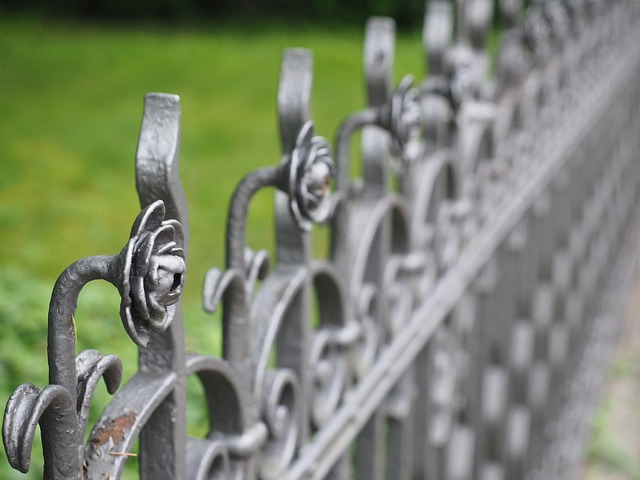In the quest for outdoor privacy and security, installing a fence offers a practical solution. This article guides you through the comprehensive process of getting a privacy fence in New Bedford, MA. From understanding the benefits and diverse fence types to preparing your property and choosing durable materials, we cover it all. We then walk you through the installation process, step-by-step, and provide essential post-installation care tips to ensure your new fence remains secure and aesthetically pleasing.
- Understanding Privacy Fences: Benefits and Types
- Preparing Your New Bedford Property for Installation
- Choosing the Right Material for Durability and Aesthetics
- The Installation Process: Step-by-Step Guide
- Post-Installation Care: Tips for Maintenance and Security
Understanding Privacy Fences: Benefits and Types
Privacy fences serve as more than just barriers; they are investments in your home’s security, peace of mind, and property value. They offer a sense of seclusion and protection from prying eyes, ensuring you can enjoy your outdoor space free from unwanted attention. Depending on your needs and preferences, there are several types of privacy fences to choose from, each with unique features and benefits.
From traditional wooden picket designs that exude classic charm to sleek, modern metal panels that offer maximum security, the variety ensures there’s an option for every taste and budget. Some fences incorporate additional elements like gates or keyless entry systems for enhanced control over access. Consider your desired level of privacy, durability requirements, and aesthetic preferences when selecting the right privacy fence for your New Bedford property.
Preparing Your New Bedford Property for Installation
Before your privacy fence installation in New Bedford, MA can begin, there are a few important steps to take in preparing your property. Start by clearing the area where the fence will be installed. Remove any obstacles like old fences, debris, or plants to ensure a smooth and even base for the new structure. This may involve cutting down trees or shrubs that could interfere with the fence’s placement.
Next, assess your property lines and ensure you have the necessary permissions from neighboring properties, as installing a fence can be a shared responsibility. It’s also crucial to check local regulations and obtain any required permits to avoid legal issues during or after the installation process. Proper preparation will make the entire fencing project run more smoothly and efficiently.
Choosing the Right Material for Durability and Aesthetics
When it comes to privacy fences, selecting the right material is a top priority. Not only does it impact the fence’s longevity but also its visual appeal. Opting for high-quality, durable materials like vinyl or wood ensures your fence can withstand harsh weather conditions and remains an attractive addition to your property for years. Vinyl, known for its low maintenance and vibrant colors, offers a versatile option that complements various architectural styles. Alternatively, wooden fences exude natural charm and can be stained or painted to match specific preferences, providing both privacy and a unique aesthetic.
The choice should align with your desired look and budget. Both vinyl and wood have their advantages; vinyl is more cost-effective and requires less upkeep, while wood demands regular care but offers a classic, organic appeal. Consider the environment too; vinyl is eco-friendly, whereas wood, if sourced responsibly, contributes to sustainable practices.
The Installation Process: Step-by-Step Guide
The installation process for a privacy fence begins with preparation, including measuring and marking the perimeter to ensure precise placement. Next, dig post holes at the designated spots, ensuring they are deep enough to provide stability. The posts are then installed vertically in the holes using concrete, allowing ample time for the concrete to set.
Once the posts are secure, the panels are attached, typically using brackets or metal rails. This involves measuring and cutting the panels to fit, then securing them to the posts with screws or nails. Any gaps between panels are filled with trim pieces for a neat, finished look. The final step involves adding a gate if desired, ensuring it swings freely and is securely locked when closed, providing both privacy and accessibility.
Post-Installation Care: Tips for Maintenance and Security
After your privacy fence is installed, proper care ensures its longevity and maintains the level of security it’s designed to offer. Regular cleaning with mild soap and water is recommended to keep the fence free from dirt and debris. A soft brush can help remove stubborn stains. Avoid using harsh chemicals as they may damage the fence over time.
To maintain security, inspect your fence regularly for any signs of wear or potential vulnerabilities. Ensure all gates and locks are functioning properly. Keep an eye out for damaged or missing pickets, which could compromise both aesthetics and security. Regular maintenance addresses issues early, ensuring a secure and attractive privacy fence for years to come.
